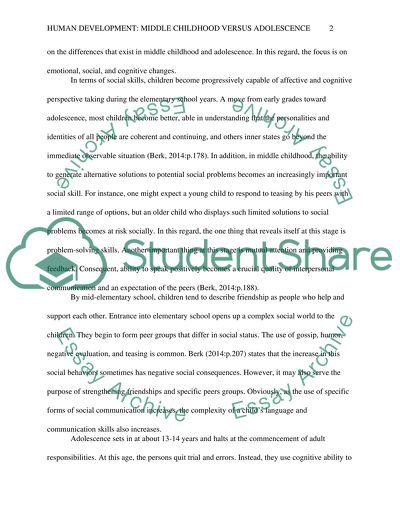Cite this document
(“Human Development: Middle Childhood versus Adolescence Assignment”, n.d.)
Human Development: Middle Childhood versus Adolescence Assignment. Retrieved from https://studentshare.org/psychology/1684983-childhood-vs-adolescence
Human Development: Middle Childhood versus Adolescence Assignment. Retrieved from https://studentshare.org/psychology/1684983-childhood-vs-adolescence
(Human Development: Middle Childhood Versus Adolescence Assignment)
Human Development: Middle Childhood Versus Adolescence Assignment. https://studentshare.org/psychology/1684983-childhood-vs-adolescence.
Human Development: Middle Childhood Versus Adolescence Assignment. https://studentshare.org/psychology/1684983-childhood-vs-adolescence.
“Human Development: Middle Childhood Versus Adolescence Assignment”, n.d. https://studentshare.org/psychology/1684983-childhood-vs-adolescence.


